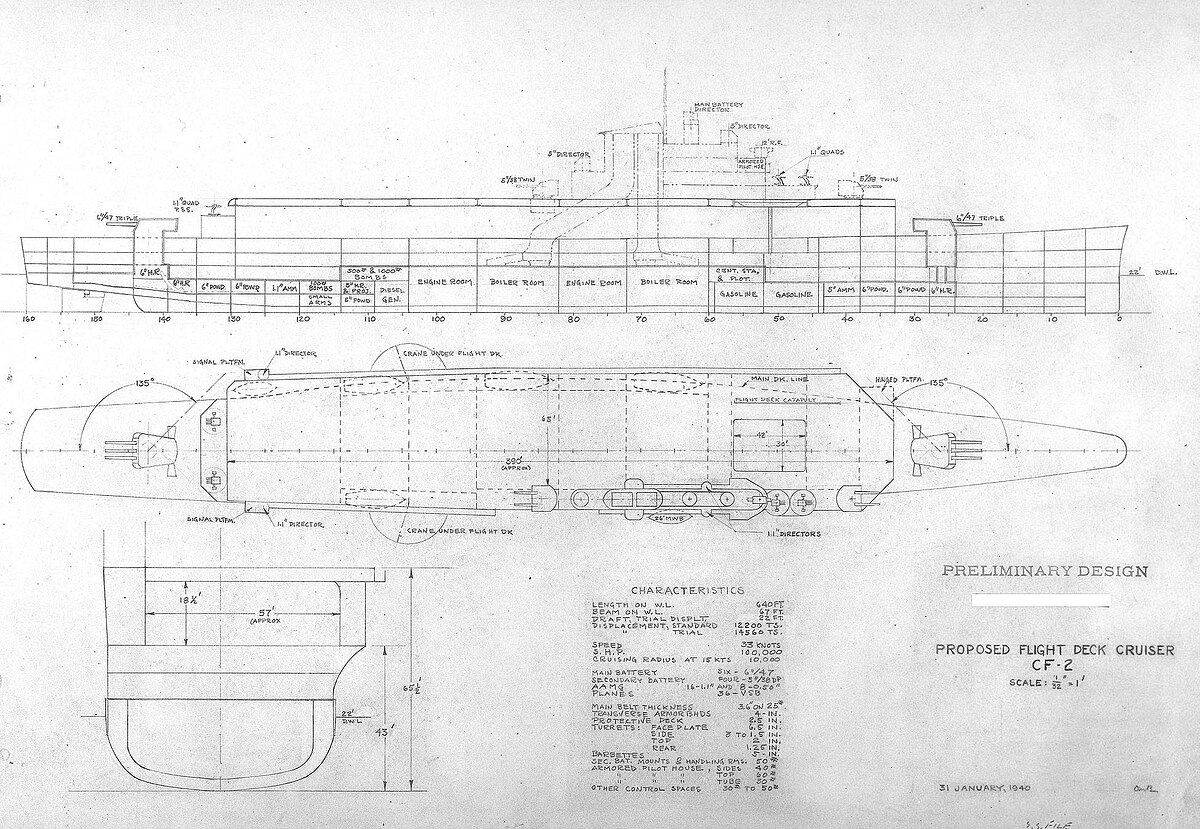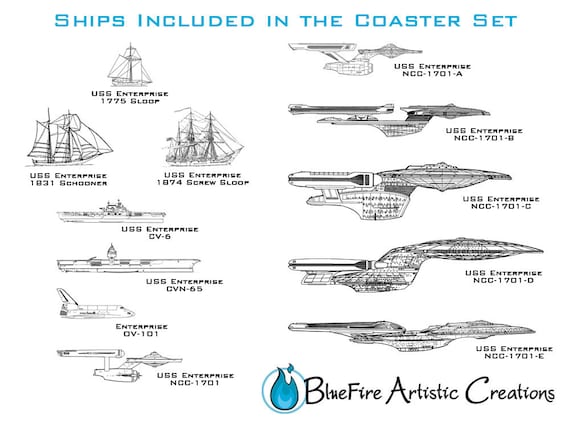Build them by the Mile…
Build them by the Mile…
Elijah Cromwell, superintendent at Dock B, Beardmore’s yard, looked out over the wharf from his office at the top of the dockside sheds.
The steel hull of HMS Indomitable had been launched last month, and currently lay alongside the fitting-out dock. Three huge holes seemed to dominate the foc’sle deck, deep cavities into the hull where the turrets would eventually sit.
Today, they would remain unfilled, but Indomitable would be receiving the first section of her superstructure, which currently lay on the dockside, looking strangely like the upperworks were emerging out of the solid dock. While the smooth lines of the hull had been growing on the slip, the decks and gangways of what would be her aft control tower, searchlight platform and boat deck had been assembled on the wharf. Parts of it were even welded together, using a new electric-arc machine installed specially for the job.
Cromwell had his hopes and his doubts about the technique; it was far from proven, and he knew the Navy thought so too. They had insisted that no load-bearing areas be welded, and the method hadn’t been used on the hull at all.
More than eighty lines connected the completed deckhouse to the huge crane that could lift a thousand-ton turret with ease. Today it would be lifting barely a fifth of that.
Beardmore’s had pioneered this method of prefabrication, and knew it required previously undreamt-of precision. It was no good building the superstructure a cable trunking in one corner of a compartment, when the men building the hull below had fitted it on the other side. They had therefore taken the Admiralty drawings of the ships and improved them, forming a ‘design line’ on the foc’sle deck, the line at which everything had to meet from top and bottom.
They’d passed the drawings back to the DNC’s office, who had reportedly been impressed. With suitable compensation paid to Beardmore’s, their sketches of the entire layout of the deck at 1” to 1-foot had been passed on to the yards who were building Indomitable’s four sister-ships.
He smiled to himself; despite this co-operation, they were in an informal race with Portsmouth Dockyard to complete the first of the Royal Navy’s new battlecruisers. If they won, the Directors had promised all staff a bonus, subject to the quality of the workmanship being maintained, of course.
The craning completed, he had to busy himself with the countless details of fitting out; most importantly the defect that had come to light in the port boiler of No.4 Room. Yarrow’s were claiming that it was Beardmore’s who had damaged the boiler when it was being fitted into the hull early in construction.
It was a new design with a superheater and would also run at a high pressure than in previous battleships, so it had to be built and tested to higher standards than previosuly. Initial tests were fine for the ship’s eleven other boilers, but this one leaked, even when cold and filled with water. An inspector from Yarrow’s had said the drums had been twisted slightly during installation, damaging the packing between the drums and the hundreds of heating tubes.
Privately, Cromwell knew this was probably true, as Yarrow’s were renowned for delivering very high-quality machinery. However, they also took pride in building it as light as possible, and Indomitable’s boilers had thin-walled tubes and a boxy air pre-heater on one side, which he suspected had been mis-used as a hoist point when the boiler was lowered into the ship. His records showed it had been done on a Friday afternoon, and no doubt the men had been keen to finish the job.
However, he couldn’t admit any of that to the men from Yarrow’s. He mustn’t acknowledge it was Beardmore’s liability, and then there was the Boilermaker’s Union to consider. The shipyards’ productivity was up, but production was flat and employment was falling. Now would be a bad time to suggest that the fitters hadn’t done their jobs properly. They were already agitated over calls for a ‘General Strike’ in support of the miners, and while that had so far been avoided, suggestions of further changes to working practices were a source of friction.
He suspected there would be a compromise; Yarrows would supply and fit new parts, and Beardmore’s would cover half the cost. Until then, it was best to keep his mouth shut.
The following day, there was another problem; four hundred reels of lead-coated wiring had been delivered. On previous ships, this would be fine, but Indomitable and her sisters used a new lighter-weight rubberised canvas and aluminium wrapped wire. Aside from saving more than 30 tons over the whole ship, the Navy wanted no more lead coatings, as if the ship caught fire, they could melt and make the situation worse.
Mercifully this problem couldn’t cause any strikes. No, this was a problem of paperwork; what had been ordered, did the yard want the cable for other purposes, and if it was wrong, where was the wire that had been ordered?
He sent his assistant to search the cabinets for the right order bill, while he picked up the telephone, mentally stiffening his resolve before engaging the stores department more closely.
Elijah Cromwell, superintendent at Dock B, Beardmore’s yard, looked out over the wharf from his office at the top of the dockside sheds.
The steel hull of HMS Indomitable had been launched last month, and currently lay alongside the fitting-out dock. Three huge holes seemed to dominate the foc’sle deck, deep cavities into the hull where the turrets would eventually sit.
Today, they would remain unfilled, but Indomitable would be receiving the first section of her superstructure, which currently lay on the dockside, looking strangely like the upperworks were emerging out of the solid dock. While the smooth lines of the hull had been growing on the slip, the decks and gangways of what would be her aft control tower, searchlight platform and boat deck had been assembled on the wharf. Parts of it were even welded together, using a new electric-arc machine installed specially for the job.
Cromwell had his hopes and his doubts about the technique; it was far from proven, and he knew the Navy thought so too. They had insisted that no load-bearing areas be welded, and the method hadn’t been used on the hull at all.
More than eighty lines connected the completed deckhouse to the huge crane that could lift a thousand-ton turret with ease. Today it would be lifting barely a fifth of that.
Beardmore’s had pioneered this method of prefabrication, and knew it required previously undreamt-of precision. It was no good building the superstructure a cable trunking in one corner of a compartment, when the men building the hull below had fitted it on the other side. They had therefore taken the Admiralty drawings of the ships and improved them, forming a ‘design line’ on the foc’sle deck, the line at which everything had to meet from top and bottom.
They’d passed the drawings back to the DNC’s office, who had reportedly been impressed. With suitable compensation paid to Beardmore’s, their sketches of the entire layout of the deck at 1” to 1-foot had been passed on to the yards who were building Indomitable’s four sister-ships.
He smiled to himself; despite this co-operation, they were in an informal race with Portsmouth Dockyard to complete the first of the Royal Navy’s new battlecruisers. If they won, the Directors had promised all staff a bonus, subject to the quality of the workmanship being maintained, of course.
The craning completed, he had to busy himself with the countless details of fitting out; most importantly the defect that had come to light in the port boiler of No.4 Room. Yarrow’s were claiming that it was Beardmore’s who had damaged the boiler when it was being fitted into the hull early in construction.
It was a new design with a superheater and would also run at a high pressure than in previous battleships, so it had to be built and tested to higher standards than previosuly. Initial tests were fine for the ship’s eleven other boilers, but this one leaked, even when cold and filled with water. An inspector from Yarrow’s had said the drums had been twisted slightly during installation, damaging the packing between the drums and the hundreds of heating tubes.
Privately, Cromwell knew this was probably true, as Yarrow’s were renowned for delivering very high-quality machinery. However, they also took pride in building it as light as possible, and Indomitable’s boilers had thin-walled tubes and a boxy air pre-heater on one side, which he suspected had been mis-used as a hoist point when the boiler was lowered into the ship. His records showed it had been done on a Friday afternoon, and no doubt the men had been keen to finish the job.
However, he couldn’t admit any of that to the men from Yarrow’s. He mustn’t acknowledge it was Beardmore’s liability, and then there was the Boilermaker’s Union to consider. The shipyards’ productivity was up, but production was flat and employment was falling. Now would be a bad time to suggest that the fitters hadn’t done their jobs properly. They were already agitated over calls for a ‘General Strike’ in support of the miners, and while that had so far been avoided, suggestions of further changes to working practices were a source of friction.
He suspected there would be a compromise; Yarrows would supply and fit new parts, and Beardmore’s would cover half the cost. Until then, it was best to keep his mouth shut.
The following day, there was another problem; four hundred reels of lead-coated wiring had been delivered. On previous ships, this would be fine, but Indomitable and her sisters used a new lighter-weight rubberised canvas and aluminium wrapped wire. Aside from saving more than 30 tons over the whole ship, the Navy wanted no more lead coatings, as if the ship caught fire, they could melt and make the situation worse.
Mercifully this problem couldn’t cause any strikes. No, this was a problem of paperwork; what had been ordered, did the yard want the cable for other purposes, and if it was wrong, where was the wire that had been ordered?
He sent his assistant to search the cabinets for the right order bill, while he picked up the telephone, mentally stiffening his resolve before engaging the stores department more closely.

